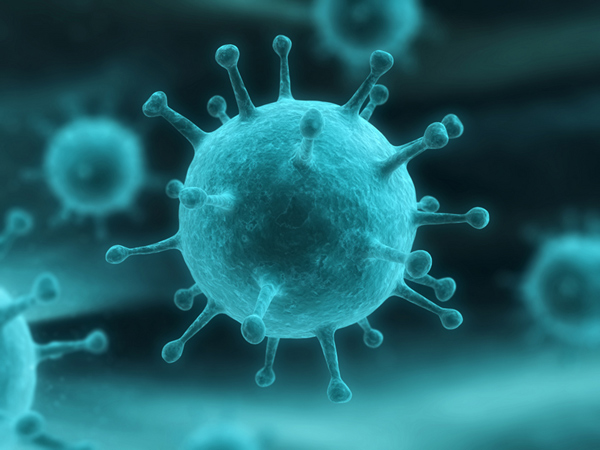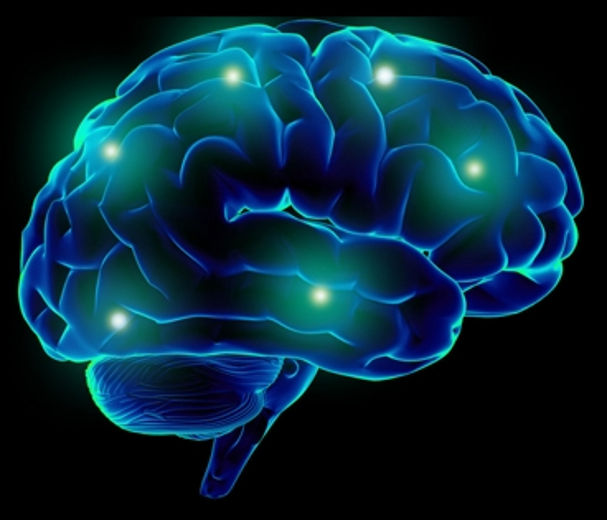
Around this time of
year, it seems like everyone starts to come down with a cold. However, there
are a lot of different ideas about what causes colds and how to treat them. The
following information will help you to identify and treat the common cold.
Background

The common cold is a
viral infection that causes inflammation of the upper respiratory tract. It is
the most common infectious disease among people of all ages. Although the
common cold is benign and self-limiting, it can lead to secondary bacterial
infections.
A cold can be spread two
days before the carrier is aware of any cold symptoms. Usually, transmission
occurs through airborne respiratory droplets and occasionally from objects
contaminated with respiratory droplets. Children serve as the main reservoir
for respiratory viruses. They commonly acquire new strains from schoolmates and
pass them on to family members.
Signs and Symptoms
.jpg?__SQUARESPACE_CACHEVERSION=1349229591339)
After a 1 to 4 day
incubation period, the common cold produces symptoms such as:
- sore throat and/or pharyngitis
- nasal congestion
- Burning, watery eyes
- Fever (more common in children)
- Headache
- Cough
- Achiness
- Fatigue and weakness
- Enlarged lymph nodes
- Chest pain that persists
- Earache
- Severe or long-lasting sore throat
- Coughing up thick mucus or rust-colored sputum
Treatment

There is no cure for a
cold because it is a viral infection. Primary treatment is purely symptomatic:
1. Rest.
Plenty of rest allows
the body to use the energy it needs to manufacture antibodies for killing
viruses.
2. Fluids
Increase daily fluid
intake to more than 1-2 liters. Liquids are needed to thin and loosen mucus
secretions. Avoid milk and soda.
3. Proper Diet
Do not
"starve" a cold. Eat light, well-balanced meals.
4. Gargles
Gargle deeply to cleanse
and heal the throat 2-4 times a day. Dissolve 1/4 of a teaspoon of honey in
half a mug of warm water.
5. Humidifier
Cool, moist air from a
humidifier helps break up congestion and thins secretions. Warm baths and
showers are soothing. A hand towel wrung out with hot water and placed over the
eyes and sinuses can also be soothing.
6. Medications
Pain relievers (aspirin, acetaminophen, and ibuprofen), decongestants, and cough medications can all help relieve symptoms of the common cold.
Prevention

To prevent getting sick,
avoid close contact with sick people, maintain a healthy diet, and wash your
hands! The proper way to wash your hands is as follows:
First, wet your hands and
apply liquid or clean bar soap. Place the bar soap on a rack and allow it to
drain. Next, rub your hands vigorously together and scrub all surfaces.
Continue for ten to fifteen seconds. It is the soap combined with the scrubbing
action that helps dislodge and remove germs. Rinse well and dry your hands with
a clean towel.
Sources:
Student Health Center. Common Cold [Brochure]. Rexburg, Idaho: Brigham Young University- Idaho
Student Health Center. Common Cold [Brochure]. Rexburg, Idaho: Brigham Young University- Idaho
http://drkimfoster.files.wordpress.com/2011/12/common-cold.jpg
http://www.futuretimeline.net/21stcentury/images/cure-for-the-common-cold-2020-2025.jpg
http://www.teluguone.com/tonecmsuserfiles/Treatment%20of%20Common%20Colds%20in%20Children(1).jpg?__SQUARESPACE_CACHEVERSION=1349229591339
http://www.urgentcare.com/news/wp-content/uploads/2014/10/Healthy-Tips-for-Cold-and-Flu-Prevention-and-Treatment-2.jpg
http://knoxvillecpr.com/wp-content/uploads/2014/10/WASHING-HANDS.jpg













